
Detail of pile of Walking Stick insect eggs in lab, Barro Colorado Island, Panama Stock Photo
Phasmida (stick insects) eggs are among the most visually fascinating, with their many interesting shapes. Fly eggs are first deposited in large amounts varying from 120-1000 in number based on the species, and then hatch into something of a maggot-like state before transforming into flies. The undersides of leaves are covered in many clusters.
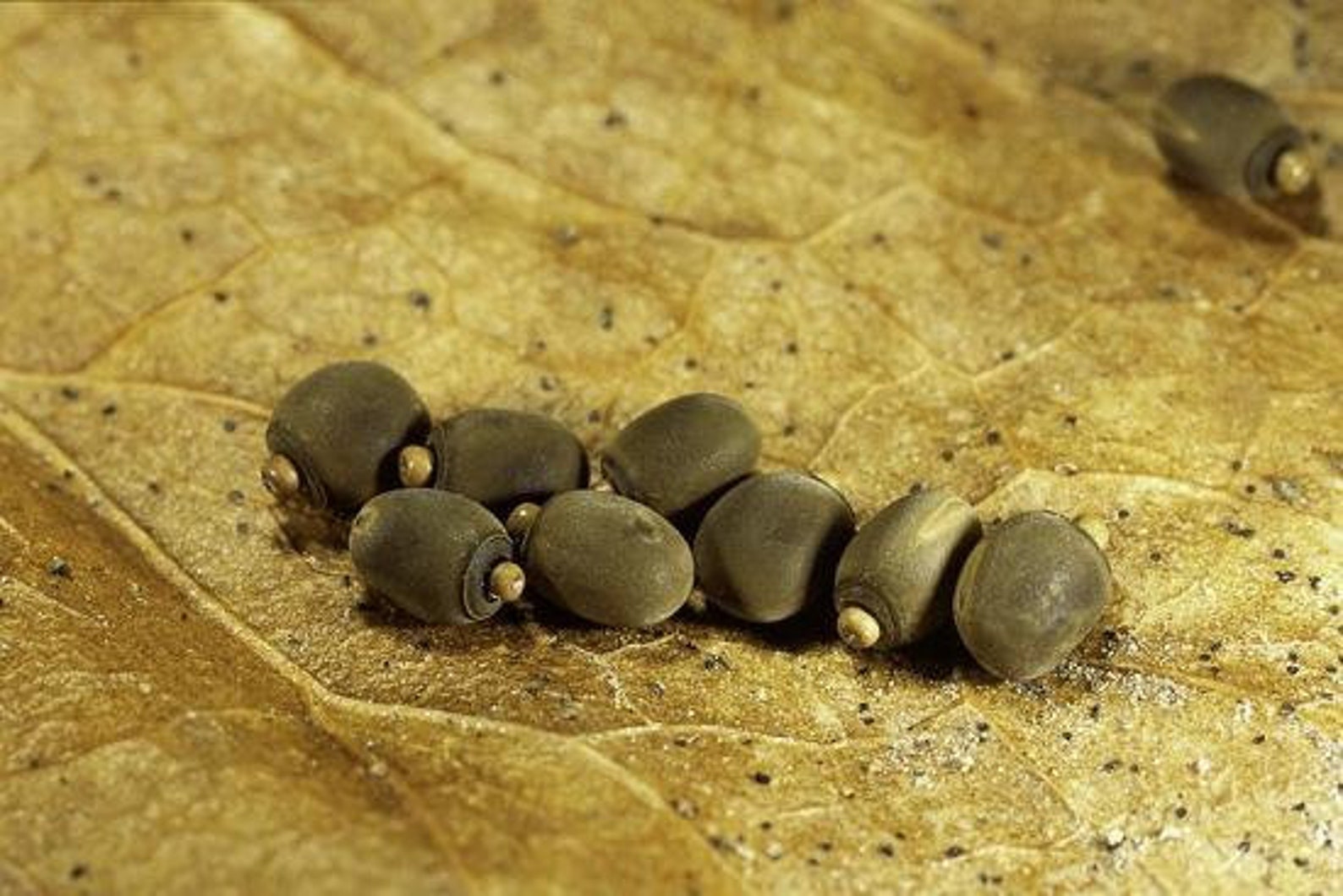
Carausius Morosus Indian Stick insect 10 Eggs Etsy
Taking care of the eggs is the hardest part of breeding stick insects. Eggs are vulnerable to adverse circumstances, like drought, extreme temperatures and fungi. Generally speaking, you need to keep the eggs a little bit more moist than the parents need to be kept. You can keep the temperature the same as the temperature of the parents with a.

Stick bug (walking sticks) eggs. Insect eggs, Stick insect, Stick insect eggs
Stick insects are an exception; their eggs are coated in calcium oxalate crystals, the same substance that makes up kidney stones in mammals. To test the durability of a common stick insect's eggs, Suetsugu and his colleagues fed 70 eggs to Brown-eared Bulbuls, a native Japanese bird that regularly snacks on stick insects. After the lab.

Stabschrecke Ei / Egg of a stick insect Stick insect, Insects, Eggs
Stick insect eggs should not be exposed to any extreme temperatures - the eggs will not tolerate temperatures above 30 degrees Celsius, or cold environments. Stick insect eggs should be kept moist, but not wet. Keeping the eggs too wet for more than 5 or so days will likely result in molding, which will eventually kill the egg. The best way.
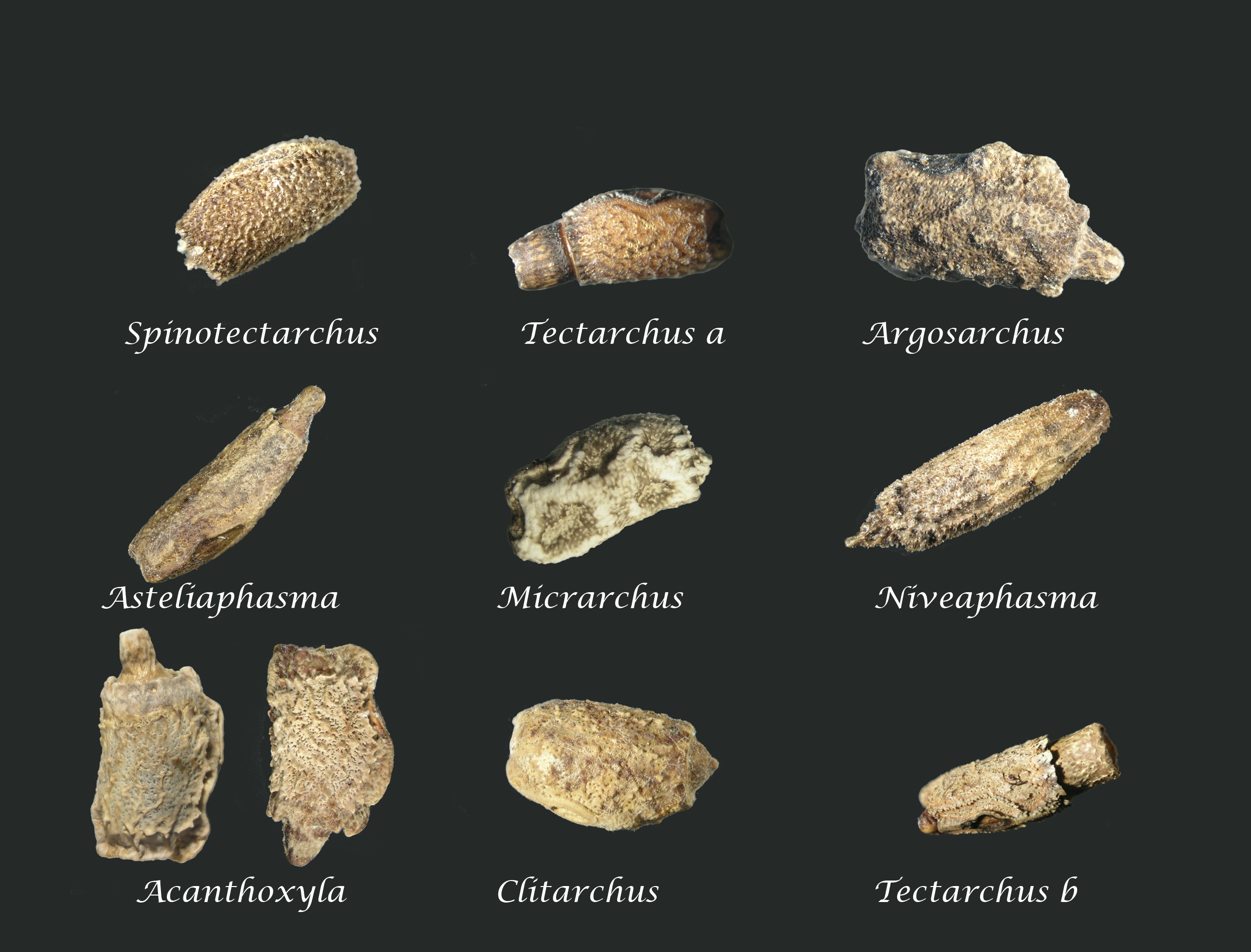
Stick Insect eggs
Stick insects lay many eggs as a lot of eggs do not end up hatching. Lightly spray the eggs with water once a week. 2. Make sure you care for baby stick insects properly. Once the stick insects hatch, you can return them to the main cage. Stick insects do not have a larval stage, so they will emerge as full-bodied insects..
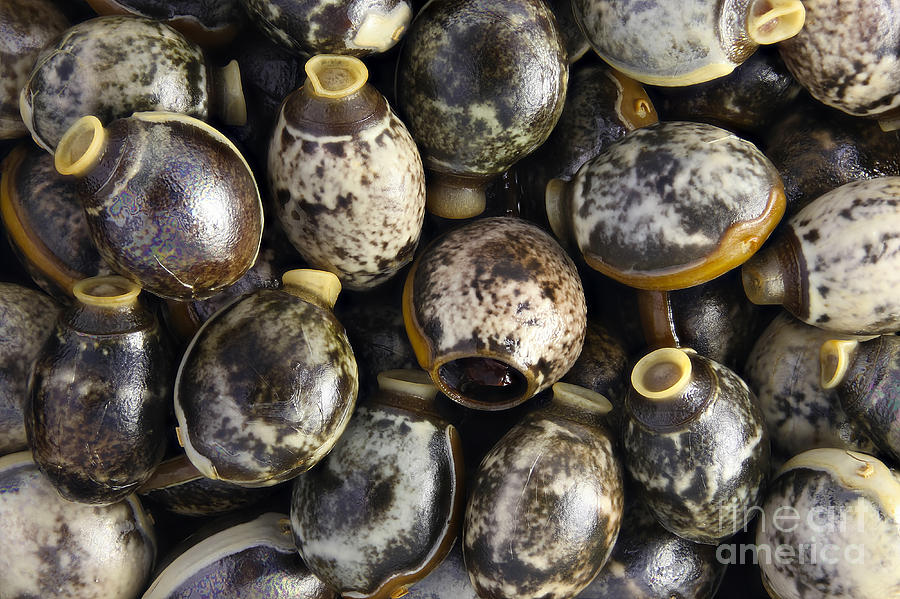
Eggs Of Stick Insect Photograph by M. I. Walker
The stick insects that just simply drop the eggs tend to lay more eggs than females that are more careful burying, glueing or stitching their eggs. So that means stick insects lay roughly between 2 eggs a week up to 15 eggs in one night.
'We're expecting' Zoo's endangered stick insects breeding for first time ever The San Diego
How to care for stick insect eggs and hatchlings (Part 1), all you need to know to succesfully raise eggs and produce hatchlings. Also how to care for the ha.

The incredible voyage of the Mauritian stick insect BMC Series blog
Stick insects have evolved some of the most diverse and elaborate external eggshell structures [31]. Recent work has assessed evidence that the external appearance of stick insect eggs serves, at least in part, to mimic seeds—a potential case of evolutionary mimicry between animal eggs and plant 'eggs' [33 ••].
These are the eggs of a Vietnamese stick insect! (Medauroidea extradentata) r/Entomology
Here we take a close look at every life stage, starting with stick insect eggs. The egg stage. The first stage starts with a tiny egg ranging from 1.5 cm down to only 2 mm, depending on the size of the species and the egg-laying technique of that species. Amazing that such a relatively large insect comes from such a tiny egg.

Stick and leaf insect eggs illustrating the breadth of their... Download Scientific Diagram
The Incredible Phasmid Egg. Stick insects have eggs that look exactly like seeds. Scientists can't figure out why these masters of camouflage would lay eggs that resemble bird snacks. The icon indicates free access to the linked research on JSTOR. Phasmids, commonly called stick insects, are herbivorous insects that uncannily resemble twigs.
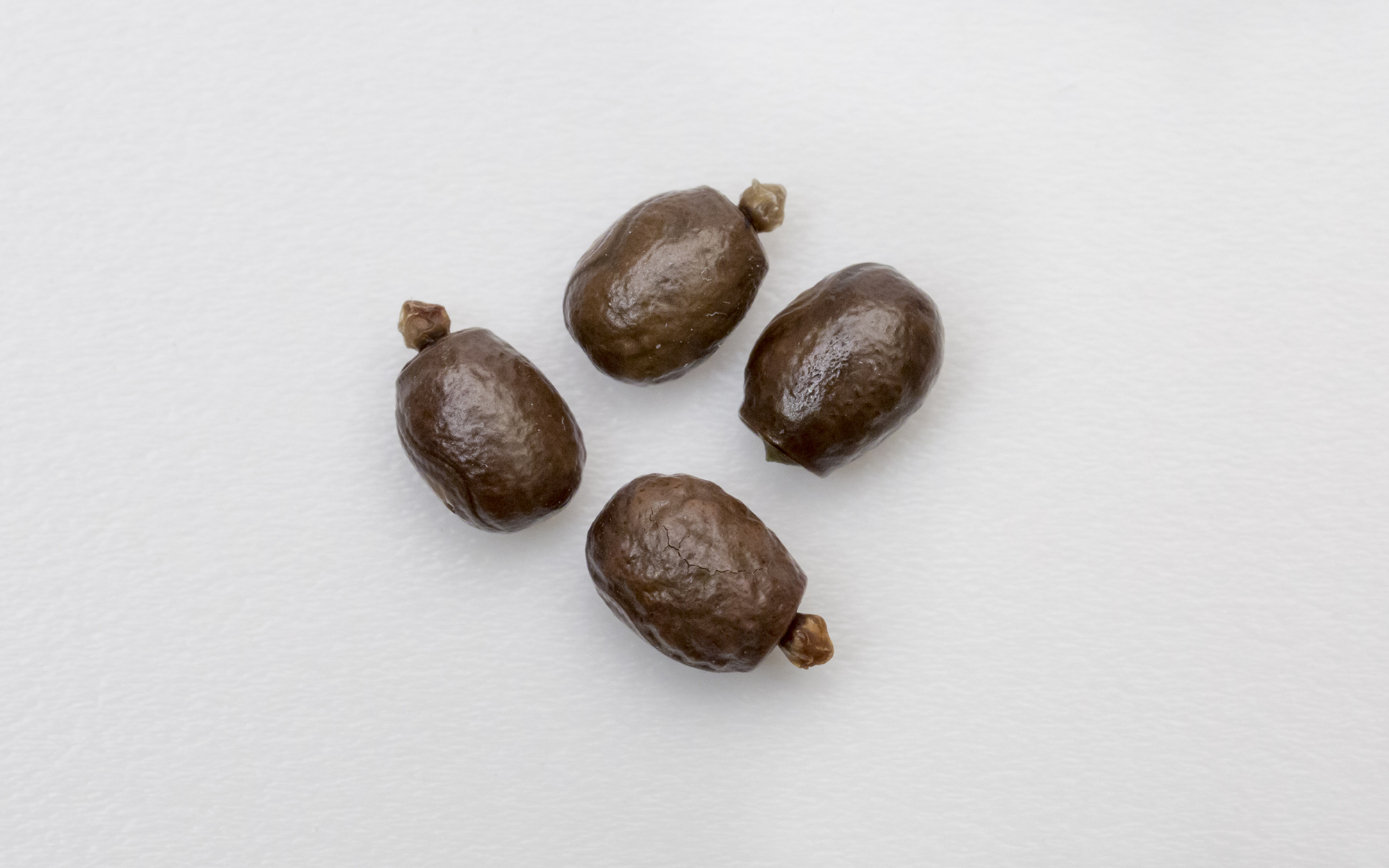
Behold, The Gargantuan Stick Insect
The insect can detach the leg and scuttle away. It will later regenerate, or grow back, the lost limb. A GOOD EGG About 3,000 species of stick insects exist. Some are master mimics even before they hatch. The females from these species lay eggs that look like plant seeds. This prevents carnivorous insects from eating the eggs.

Neat! Stick Insect Eggs Can Survive Being Eaten by Birds Audubon
Most stick insect eggs are covered by a hardened shell or capsule with a node called a capitulum on one end. The capsule of some stick insect eggs contains fats and other goodies that lure ants. The ants bring the capsule underground into their nest, remove the capitulum, and feed on the nutrients it contains. After they are done eating, the.

52 varieties of Stick insect eggs. Credit to Levon Biss for this unique photograph. r/BeAmazed
Phasmatodea. Phasmid in marginal forest on a pitcher plant, Philippines. The Phasmatodea (also known as Phasmida, Phasmatoptera or Spectra) [1] are an order of insects whose members are variously known as stick insects, stick-bugs, walkingsticks, stick animals, or bug sticks. They are also occasionally referred to as Devil's darning needles.

Thomas van de Kamp on Twitter Insect eggs, Stick insect, Stick insect eggs
Stick insect eggs can take a very long time to hatch, sometimes even a few months, and when they do hatch the nymphs are very small. The care of nymphs is fairly simple, however, as they require conditions similar to the adults. Small nymphs will dry out quickly and as such proper humidity needs to be maintained with regular misting.
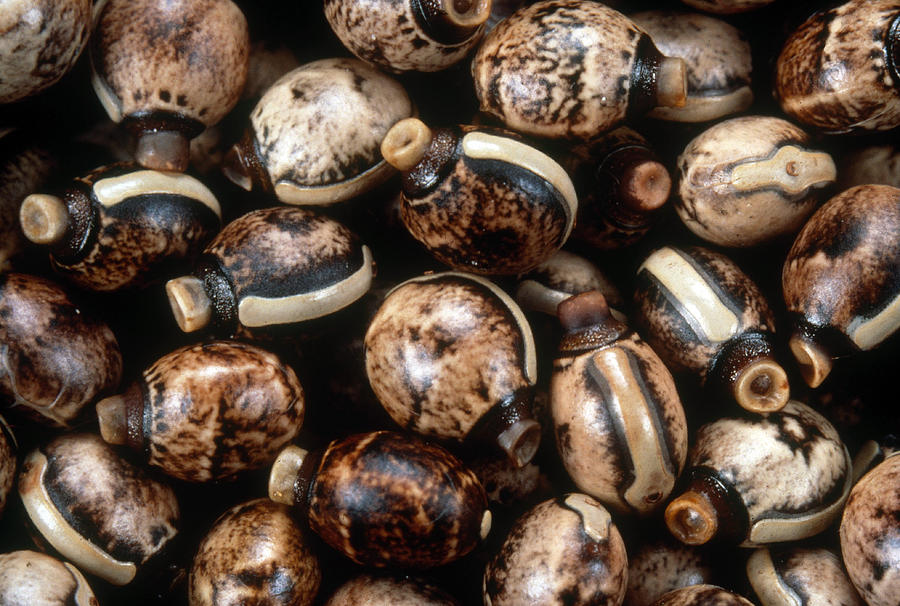
Stick Insect Eggs Photograph by Perennou Nuridsany
The incubation time for stick insect eggs varies depending on the species. On average, it takes around three to five months for these eggs to hatch; however, specific timings can range from five weeks to as long as eighteen months (Keeping Bugs). Interestingly, the temperature and humidity in their environment can highly influence the hatching.
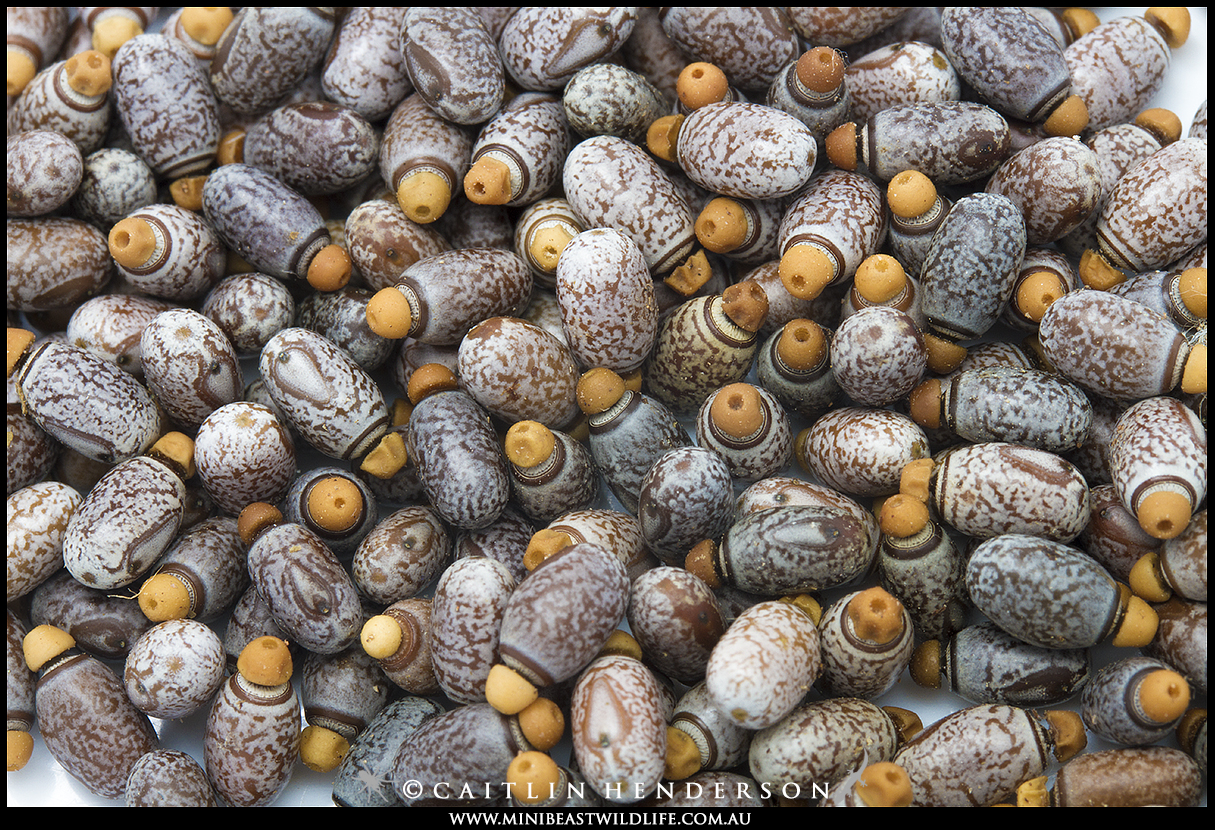
Pretty in Pink The Darwin Stick Insect Minibeast Wildlife
The giant prickly stick insect (Extatosoma tiaratum) imitates crumpled foliage as an adult, its nymphs look like ants and then bark, and its eggs look like seeds. The eggs are taken in by spider.